May 18, 2025 | 14:20 GMT +7
May 18, 2025 | 14:20 GMT +7
Hotline: 0913.378.918
May 18, 2025 | 14:20 GMT +7
Hotline: 0913.378.918
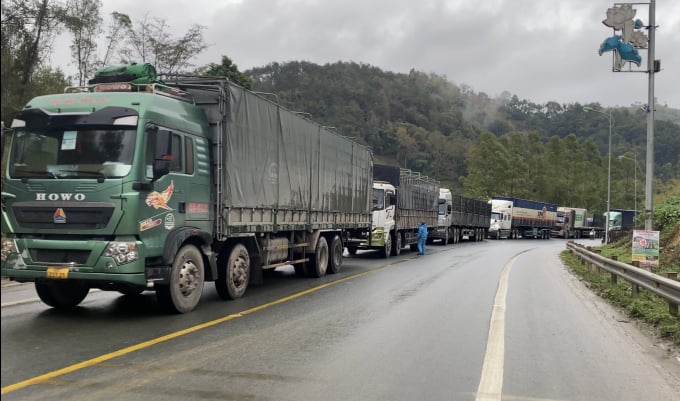
Trucks of Vietnamese agricultural products exported to China had a time of congestion at Lang Son border gate.
Mrs. Bui Hoang Yen, Deputy Head of the Southern Working Group (Department of Trade Promotion, Ministry of Industry and Trade), shared at the seminar "Improving competitiveness, promoting the export of agriculture, forestry and fishery" organized by the Ministry of Industry and Trade in Ho Chi Minh City on July 26, said that from 2019 and earlier, China was the second largest import market after the US for Vietnamese agricultural products.
However, from 2019 until now, the export of Vietnam's agricultural, aquatic, and food products to the Chinese market shows signs of slowing down due to many barriers from China.
According to Decree 248, Decree 249 of China, from the beginning of 2022, all foreign enterprises exporting food to the Chinese market must register with China Customs.
Enterprises wishing to export food to China need to register soon so that the competent authorities can summarize and send the list to the General Administration of Customs of China. With Decree 249, enterprises are responsible for food safety even if the product has been exported to China.
China also issued a new standard, GB 2763-2021, stipulating 10,092 maximum residue limits for 564 pesticides in the list of 376 foods. Compared with the standard GB2763-2019, the number of plant protection drugs in the new standard increased by 81 types (up 16.7%); the limit of pesticide residues increased by 2,985 types (increased by 42%).
To enhance monitoring of imported agricultural products, this standard also establishes 1,742 residue limits for 87 pesticides that have not been registered for use in China. These requirements are gradually approaching developed countries and maintaining the control of Covid-19 on packaging and transportation of frozen and live seafood.
Mr. Dao Duy Tam, Deputy Director of the General Department of Customs, said that from the end of 2021 to the beginning of 2022, the situation of the Covid-19 epidemic was highly complicated, and China switched to the "Zero Covid" policy. Therefore, activities related to the Chinese market face many difficulties. Congestion at the northern border gates is severe. In Lang Son province, there are times when 6,000-7,000 cars are stuck in a day.

Quality assurance, food safety and hygiene, traceability for exported agricultural products.
Explaining the situation of agricultural product congestion at Lang Son border gates and some border gates adjacent to China, Deputy Director of Lang Son Customs Department Nguyen Anh Tai said the agricultural product congestion is due to the influence of China's "Zero Covid" policy.
According to Mr. Tai, in the coming time, Lang Son Customs Department will actively grasp the situation and policies of China to report to provincial leaders; coordinate in negotiating delivery methods, reopening some pairs of border gates, such as Coc Nam border gate - a border gate specializing in the export of aquatic products.
To avoid congestion at the northern border gates, Mr. Tam said, the General Department of Customs directed the customs of the north border provinces to urgently create favorable conditions for quick clearance for export goods, especially for export agricultural, forestry, and fishery products, seasonally harvested.
Goods that do not meet export standards will be handled and brought to the transshipment zone to reinforce packaging, pack and label them to meet export standards right at the border gate gathering points. In case of prolonged congestion, customs clearance is impossible, allowing businesses to cancel declarations to bring goods back to consumption in the domestic market.
To feature to the method about long, the next end up to the results of the message to test the performance between two sides for the surface of the goods Vietnam exporting to China the necessary issue to reduce customs clearance time.
“This is also an issue that the Ministry of Industry and Trade and the Ministry of Agriculture and Rural Development have issued documents to recommend to businesses. The calculation for domestic consumption in the country or other markets when at the peak of the agricultural harvest season, especially during the Lunar New Year, is also an option that should be taken into account by Vietnamese agricultural enterprises to reduce the dependence on one market, causing damage to enterprises when the customs clearance of agricultural products faces difficulties.
Enterprises must solve two outstanding issues: quality and food safety for Vietnamese agricultural and aquatic products, especially traceability and quality certification; Also, speeding up the negotiation process to expand the list of products that are officially exported; continues to accelerate the restructuring of the agricultural sector in the direction of building concentrated specialized farming areas of uniform size and quality and meeting export standards.
Translated by Ha Phuc
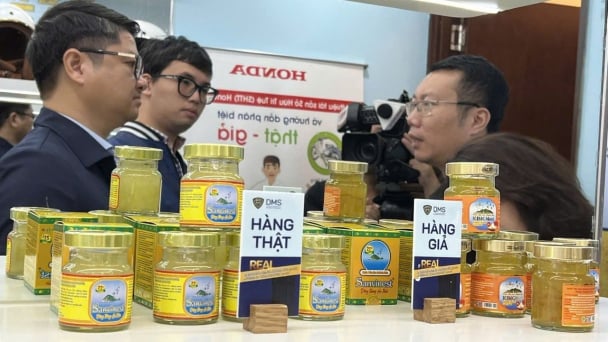
(VAN) In the face of counterfeit and imitation products, Khanh Hoa Salanganes Nest Company hopes for the prompt completion of the legal framework, strict enforcement against violations, and protection of the bird’s nest brand.
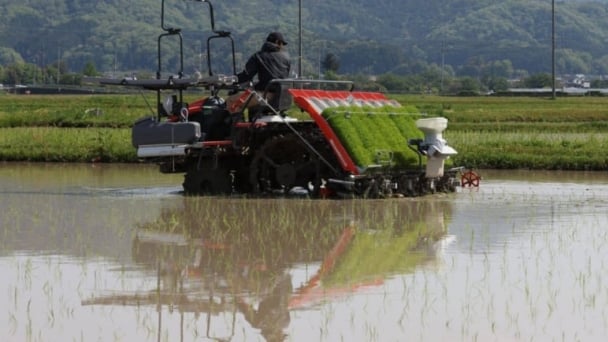
(VAN) Japan's efforts to lower the price of rice through the release of its stockpile may finally be making some progress, albeit at a snail's pace.
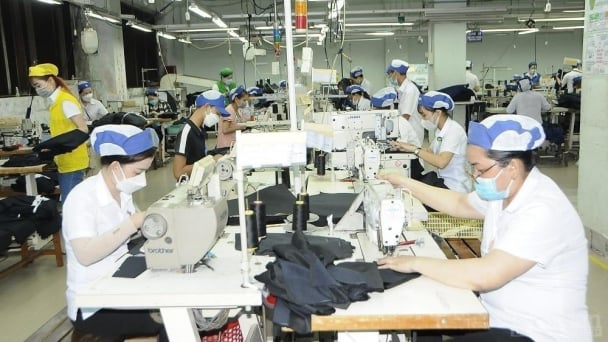
(VAN) U.S. tariffs are not only a 'shock', but also an opportunity for Vietnamese businesses to renew their mindset toward comprehensive development.
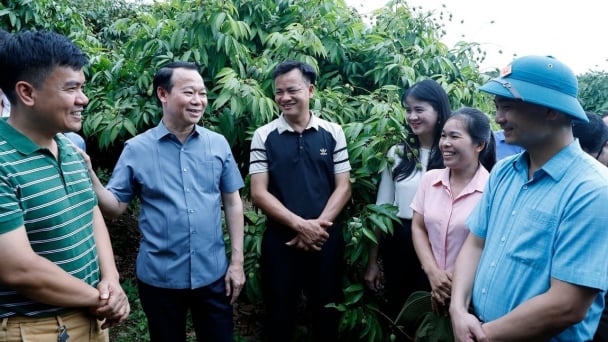
(VAN) As Bac Giang lychee enters the harvest season, Minister Do Duc Duy expects that the fruit will contribute greatly to agricultural exports due to standardized production and deep processing.
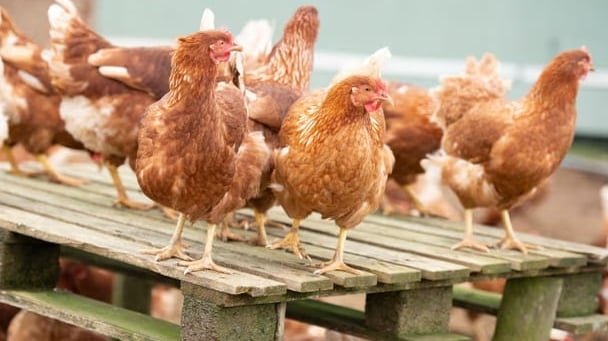
(VAN) Consumers have shown a preference for free-range eggs, but those farming systems are more vulnerable to biosecurity risks like bird flu.
/2025/05/09/5701-1-184335_301.jpg)
(VAN) Vietnam’s eel exports nearly doubled thanks to a mud-free farming model, opening up new prospects while still facing numerous barriers related to international standards.
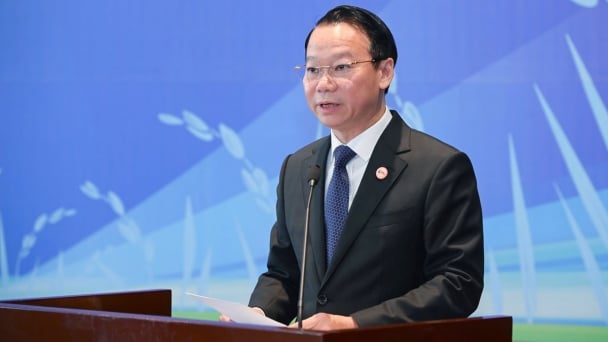
(VAN) Minister Do Duc Duy warned that if production is not professionalized and supply chains are not transparent, the U.S. market could become a growth bottleneck.